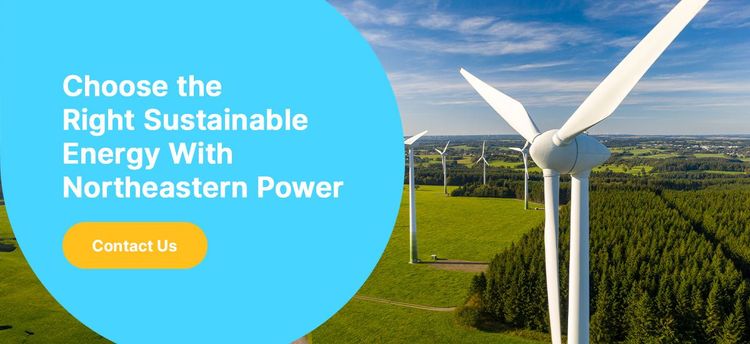16 Oct 2024

Sustainable energy is an energy resource that can be used extensively without depletion. The various types of sustainable energy offer remarkable renewable energy options for users looking to shift to cleaner, more reliable energy. To make an informed decision when choosing between these energy types, you must first understand how each type differs from the other.
Solar energy is one of the most abundant renewable resources on the planet, which should make it the leading source of renewable energy. However, this is not the case because sunlight is not equally available everywhere, and even when it is sufficiently available, various challenges impede its implementation.
To convert sunlight into electrical energy, solar energy systems incorporate the following technologies for efficient results:
Wind turbine energy is achieved by placing large turbines in traditionally onshore and offshore windy areas, where the kinetic energy of the turbines' spinning blades can be converted to electricity. Onshore and offshore wind turbines turn the spinning blades' kinetic energy into electricity by rotating a drive shaft and a gearbox connected to a generator. The resultant electricity is then stepped up to a higher voltage and supplied to the national grid.
Wind energy boasts several advantages, including being clean and renewable, and creating new jobs. However, wind energy can be limited by location as some areas get stronger winds than others.
Hydroelectric power is produced when water falls from higher ground to spin strategically installed turbines at the foot of the dam, which in turn generates electricity. Sometimes, wave and tidal power can also be used to turn turbines and generate hydropower. Other types of hydroelectric power systems include run-of-river (diversion) and pumped storage.
Hydropower's main benefit is its ability to generate clean power 24/7, provided water flow is consistent. It's also a scalable power option as demand increases. Hydropower production offers jobs, increases electric independence and is a less costly and sustainable energy solution.
Biomass energy is the resulting heat or gas produced when organic materials from living organisms such as plants and animals are burned or decomposed. During combustion, carbon dioxide (C02) is produced, but the fuel sources are considered renewable because plants can regrow to absorb as much C02 as possible. Besides direct combustion and decomposition, [biomass can be converted](https://www.eia.gov/energyexplained/biomass/ to energy through thermochemical and chemical conversion for solid, gaseous and liquid fuels.
Biomass is the only renewable resource that is carbon neutral — it produces the same amount of carbon it absorbs. It's also less expensive than fossil fuels and is a significant revenue source for manufacturers. The main downside is that it's not entirely clean and can lead to deforestation.
Geothermal energy is produced when tunnels are dug into the ground to harness the trapped heat beneath the ground, which is later used to turn water into steam for spinning turbines to generate electric power. Three types of geothermal power plants are used to generate geothermal power — dry steam, flash steam and binary cycle.
The main advantage of geothermal energy is that the production plants are constructed underground, which minimizes impact on the surface ecosystem. It's also one of the most reliable renewable resources with underground heat supplies. The main disadvantage is the high cost of constructing geothermal plants.
The rising sustainable energy technologies are continually harnessed to offer significant energy solutions. The major ones include:
At Northeastern Power, we offer reliable renewable power options for different use cases. We can help you choose the right sustainable energy for your projects and supply it at a fixed price you will love. Contact us today to book our services.